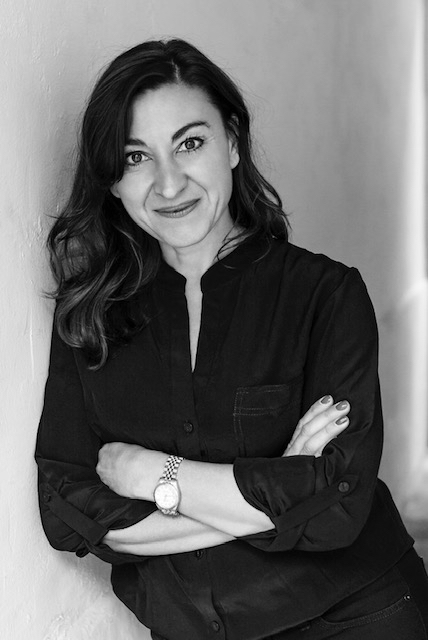
Little did Lynsey Addario know at the age of 12, when she received a Nikon FG camera from her father, it would be the beginning of a journey that would take her around the world – and then some.
For nearly two decades, Addario has been a photojournalist, covering conflict and humanitarian crises around the Middle East and Africa while on assignment for The New York Times, National Geographic Magazine, and Time magazine.
Since 2001, she has covered conflicts in Afghanistan, Iraq, Libya, Lebanon, Darfur, South Sudan, Yemen and the Democratic Republic of Congo. And Addario is one of seven inductees who will be honored on Oct. 30 by the International Photography Hall of Fame in St. Louis, with all seven chosen for their artistry, innovation and significant contributions to the art and science of photography, all of them in their own way.
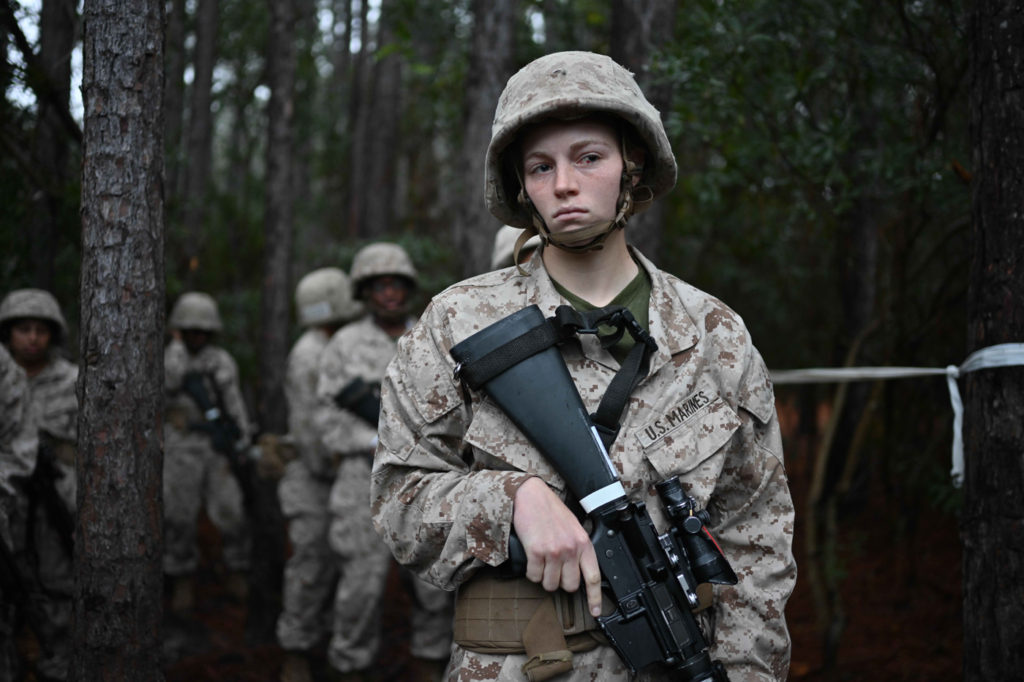
Addario taught herself how to take photographs after receiving that first camera by reading books, experimenting with shutter speeds and f-stops, and good old-fashioned trial and error. She studied international relations and Italian at the University of Wisconsin-Madison, and after graduating, moved to Argentina for a year to learn Spanish. While in Buenos Aires, she went to the Buenos Aires Herald office and begged for a job as a newspaper photographer. There, she learned about photojournalism as the perfect marriage between photography and telling stories.
She recently took the time to reflect on her career and share some of her stories and adventures with Gazelle.
What was the impetus that led to becoming a war photographer? I never set out to be a war photographer. When I first started, photography was an excuse or a purpose for traveling and exploring other countries and cultures. It was a means of entering different worlds. In 2000, I was invited by a family friend on a trip to India, and used that as a launching point to base myself overseas, so I could freelance for American and British newspapers. I started covering women’s and human rights issues, and ended up covering South Asia: Nepal, India, Pakistan and Afghanistan, and in 2000, made my first of three trips to Afghanistan under Taliban rule to cover women’s issues. When 911 happened, I had already worked pretty extensively in Afghanistan, so it felt only natural to want to return to the region (I had already moved my base from India to Mexico City in 2001) to cover the aftermath of the 911 attacks. I covered the fall of the Taliban in Kandahar, southern Afghanistan, in December 2001, and have been working in Afghanistan on and off since then. In late 2002, when it was clear the U.S. was gearing up to enter Iraq, and a war was imminent, I wanted to go because I realized these would be the wars of my generation, and it was so historical. There was no other place I wanted to be. And after Afghanistan and Iraq, I covered conflicts and their aftermath across Africa and the Middle East, basically until now.
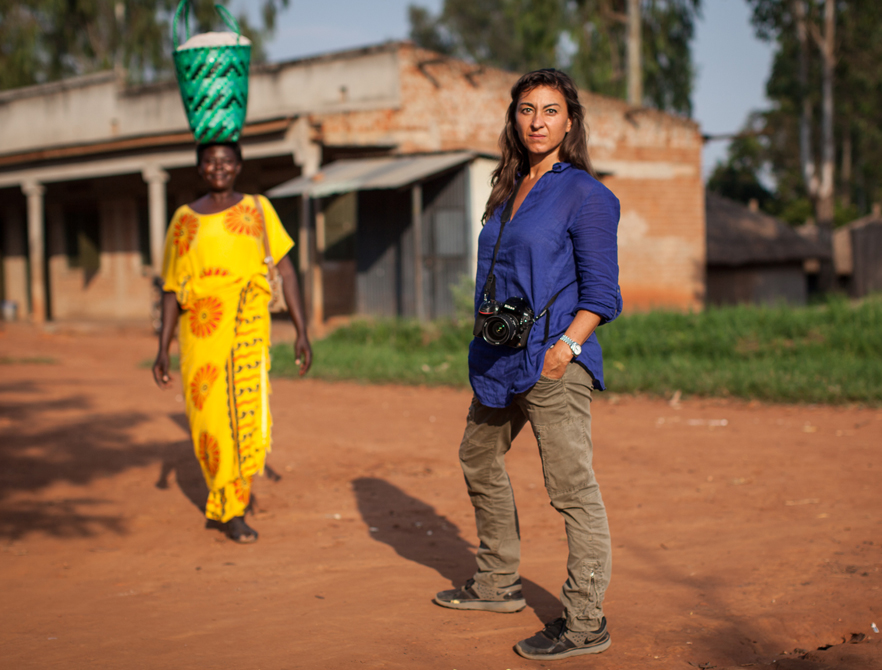
Do you ever feel you are personally in danger? Yes, of course. Anyone who covers conflict confronts danger. We all have different barometers for fear and different methods for coping with fear, but anyone who says they are not scared while under fire is definitely not being honest. I have been kidnapped twice – once in Iraq in 2004, once in Libya – for a week – in 2011, during the Arab spring, and it was terrifying having a gun put to my head. In both instances, I was literally pleading for my life. Libya was brutal: We were tied up, blindfolded, beaten, I (as the only woman) was groped, and we were threatened with execution repeatedly. In 2009, I was thrown out of a car on a highway in Pakistan while covering the Taliban invasion of the Swat Valley, and my driver, Raza, was killed. I have been in numerous ambushes in Iraq and Afghanistan, and detained I don’t know how many times in Darfur by Sudanese government officials who didn’t want the genocide in Darfur exposed.
What do you feel is your most defining photograph? I don’t really have a defining photograph. I’ve photographed so many stories over many years, and really feel connected to each body of work in different ways. I guess my work documenting maternal mortality has been my most consistent body of work, but I don’t know. There are images that are often published in connection with my name, but I shy away from the “defining image” term.
As a woman, is it hard to remain objective while working in Afghanistan documenting the oppression of women.? Part of my job as a photojournalist is parachuting deep into cultures and ideologies starkly different from my own, and conveying the stories and experiences of the men, women and children I cover. It’s often so painful to hear stories of oppression and abuse against women, but this is not at all unique to Afghanistan. Oppression of women comes in many forms, and it happens everywhere – even in the United States. I can tell a story objectively, but still have my own feelings and opinion about that topic. That is what being a journalist is about.
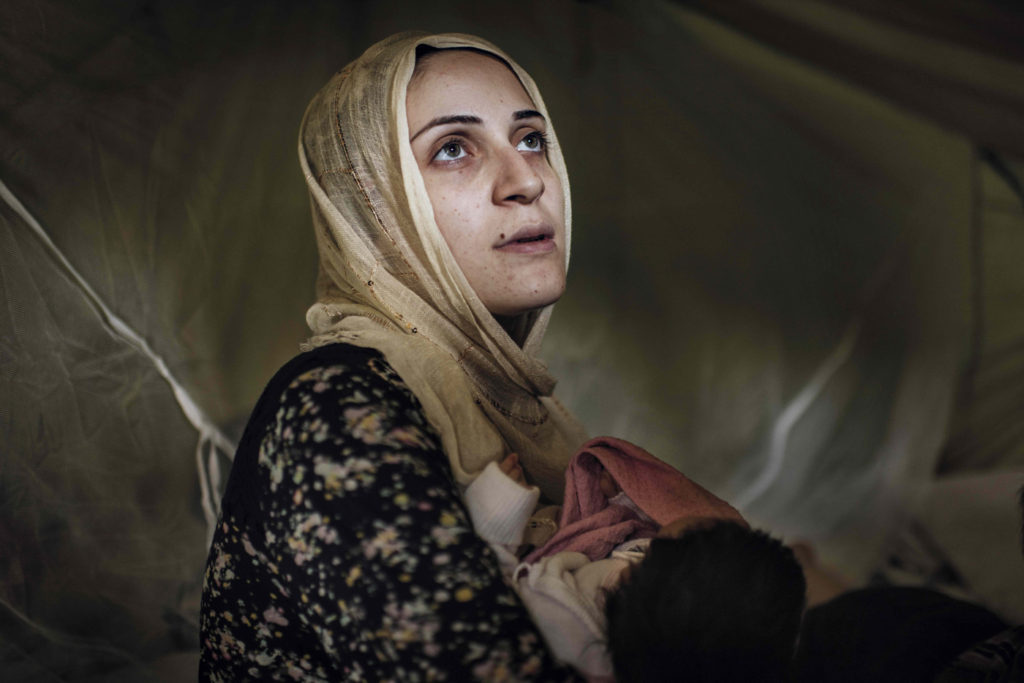
How do you feel your photographs and documentary reporting has helped some of these women? I hope that the awareness brought about by the stories that I and other photojournalists and journalists tell helps inform people, helps shape policy in response to given topics, and then helps other women in similar situations. Sometimes, the people I photograph aren’t directly affected by sharing their stories, but others are. With the maternal mortality work, for example, I photographed the death of Mamma Sessay, an 18-year-old woman who hemorrhaged after delivering twins in Sierra Leone in 2010. Time magazine published that body of work across eight pages shortly after she passed away, and it resonated so strongly with the board members of Merck pharmaceutical company that Merck for Mothers was inspired, in part, by Mamma Sessay’s story. Merck put aside $500 million to fight maternal death.

Of your many awards and accolades, what was one of the most meaningful? They are all absolutely meaningful: the Hall of Fame, the MacArthur fellowship, being part of the New York Times team to win the Pulitzer Prize for International Reporting in 2009, two honorary doctorate degrees. I am always shocked and incredibly honored when my work is recognized. I feel so privileged to be a photojournalist, to meet and interview and photograph such incredible, inspiring people, and to document history. I feel like my subjects should be the ones getting awards and accolades, not me!
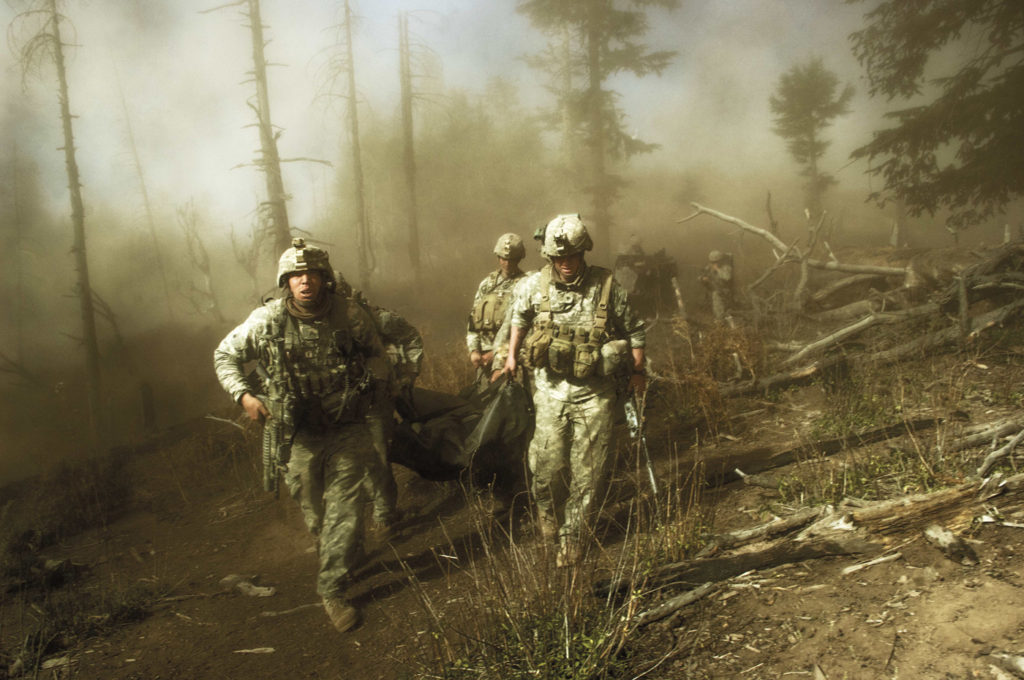
In 2015, American Photo Magazine named Addario as one of five most influential photographers of the previous 25 years, saying she changed the way we see the world’s conflicts. Addario is the recipient of numerous awards, including a MacArthur fellowship, a Pulitzer prize, The Overseas Press Club’s Olivier Rebbot Award, and two Emmy nominations. She holds two honorary doctorate degrees for her professional accomplishments from the University of Wisconsin-Madison and Bates Collage in Maine. In 2015, she wrote a New York Times best-selling memoir, “It’s What I Do,” and in 2018, she released a solo collection of photography, “Of Love and War,” published by Penguin Press.
Along with Addario, 2020 honorees include Robert Adams, photographer; the late Alfred Eisenstaedt, photojournalist; Hiro, fashion, art and portrait photographer; Jay Maisel, fine art, portrait and commercial photographer; Duane Michals, photographic innovator, and Carrie Mae Weems, fine art and conceptual photographer.
In addition to the seven inductees, rock music photographer Henry Diltz will be presented with a Lifetime Achievement Award, and photographic agency Magnum Photos will receive a Leadership Award.
The International Photography Hall of Fame event will be presented in its first virtual ceremony at 7 p.m., Friday, Oct. 30, via a live Zoom stream on IPHF.org, free of charge. St. Louis broadcast journalist Art Holliday will serve as master of ceremonies.
Richard Miles, CIPHF’s chairman of the board, and his wife, Pat Whitaker, serve as general event co-chairs. Susan Sherman and Dr. Donald Suggs co-chair the honorary event committee, comprised of community and civic leaders. Major corporate sponsors include title sponsor Emerson, presenting sponsor Collins & Hermann, and dinner sponsor Thompson Street Capital Partners.
Following the induction of honorees, a live, in-person, virtual Fund-A-Need fundraising component will be conducted by St. Louis-based auctioneer Fletcher Lane. A fundraising auction of select prints donated by the honorees will be conducted with in-person guests following the awards program. Proxy bids for those not in attendance are available. Proceeds help fund IPHF educational programming, workshops, lectures and preservation of collections. IPHF’s collections contain over 30,000 photographs and 2,200 cameras that are stored in a climate-controlled facility. For more information or to purchase tickets, visit iphf.org.
For more information on Addario, visit lynseyaddario.com.





